From 1950 to Freedom: How the VW Campervan Became a Symbol of Adventure
History of the VW Campervan
Picture this: a winding road, the sun setting on the horizon, and the gentle hum of a classic VW campervan as it carries you towards your next adventure. For many middle-aged men and couples, the VW campervan is more than just a vehicle; it’s a symbol of freedom, a companion on the journey of life, and a nostalgic reminder of simpler times.
The VW campervan, with its iconic design and rich history dating back to the late 1940s, has captured the hearts of adventurers and wanderers alike. From its humble beginnings as a practical alternative to the VW Beetle, to its evolution through various generations and its establishment as a cultural icon, the VW campervan has become synonymous with the spirit of the open road.
As we delve into the fascinating history of the VW campervan, we’ll explore how it has not only shaped the automotive industry but also left an indelible mark on popular culture. We’ll discover how its unique blend of simplicity, functionality, and charm has made it the perfect companion for those seeking to escape the mundane and embrace the extraordinary.
So buckle up, grab your sense of adventure, and join us on a journey through time as we uncover the captivating story of how the VW campervan became the ultimate symbol of freedom and wanderlust. Whether you’re a proud owner of a classic model or simply dreaming of hitting the road in one, this article will ignite your passion for the VW campervan and inspire you to embark on your own unforgettable journey.
Birth in the 1950s: engineering simplicity meets travel
In the aftermath of World War II, Germany was in the midst of rebuilding and reshaping its economy. It was during this era that the Volkswagen Type 2, affectionately known as the VW campervan, was born. The brainchild of Dutch importer Ben Pon, who sketched the initial design in 1947, the Type 2 was envisioned as a versatile commercial vehicle that could transport goods and people alike1. The first prototype, unveiled at the Geneva Motor Show in November 1949, showcased the vehicle’s simple yet functional aesthetics that would become its hallmark.

Production of the Type 2 T1 models began on March 8th, 1950, with two variants: the commercial Transporter and the Kombi2. The Transporter was designed for businesses, while the Kombi, short for “Kombinationskraftwagen” (combination motor vehicle), was aimed at families and leisure travelers. The Kombi’s versatility allowed it to be easily converted into a camper, with the addition of sleeping bunks, a small kitchen, and storage space. This transformative nature of the VW campervan struck a chord with adventurers and free spirits, who saw it as a means to escape the confines of everyday life and explore the world on their own terms.
As the 1950s progressed, the VW campervan began to capture the hearts of people across Europe and beyond. Its air-cooled rear engine, derived from the iconic VW Beetle, provided reliable performance and easy maintenance. The campervan’s compact size and maneuverability made it perfect for navigating narrow city streets and winding country roads alike. Gradually, the VW campervan transitioned from a purely utilitarian vehicle to a beloved companion for travellers, a shift that would cement its status as an icon of adventure and freedom in the decades to come. Whether you’re considering converting a van into a campervan or simply appreciating the history of the VW campervan, the 1950s marked the beginning of a love affair between humans and their trusty campers.
1960-1970 VW campervan history: The icon of a counterculture
As the 1960s dawned, the VW campervan found itself at the heart of a cultural revolution. The vehicle’s simplicity, affordability, and versatility resonated with the era’s youth, who were eager to break free from the constraints of traditional society. The campervan became a symbol of the counterculture movement, embodying the ideals of freedom, adventure, and self-expression. Hippies, artists, and free spirits embraced the VW campervan as their mobile home, using it to traverse the country, attend music festivals, and gather with like-minded individuals.
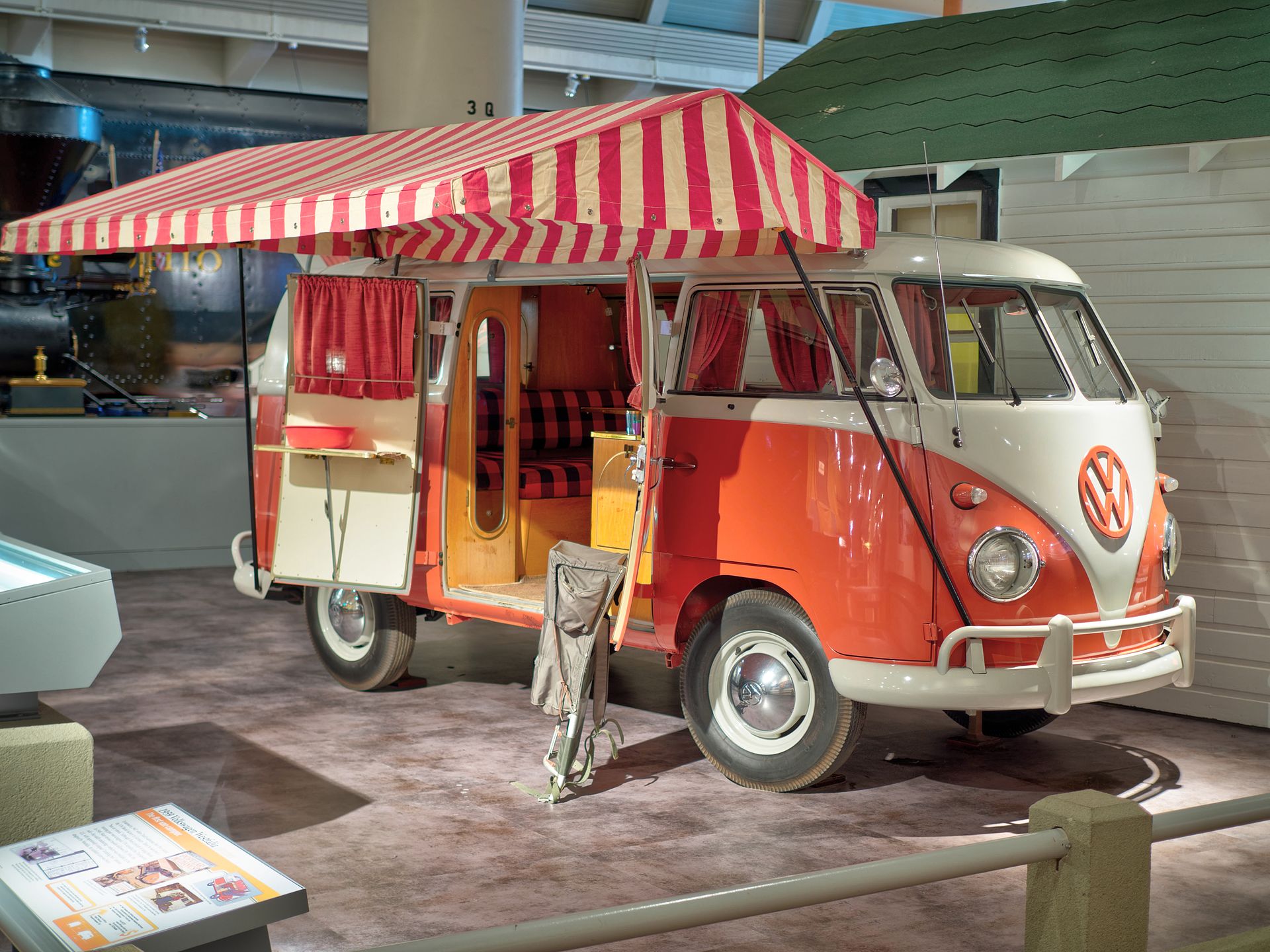
The VW campervan’s popularity soared as it became a frequent sight at iconic events like Woodstock in 1969, where it served as a temporary shelter and a backdrop for the celebration of peace, love, and music. Musicians like the Grateful Dead and Bob Dylan were often seen traveling in their VW campervans, further cementing the vehicle’s association with the counterculture. The campervan’s compact size and air-cooled engine made it perfect for long road trips, allowing its occupants to explore the country at their own pace and connect with nature. As the demand for these vehicles grew, Volkswagen introduced new models like the ‘Splittie’ or T2, which featured a more comfortable interior and a slightly larger engine, making them suitable for extended adventures. These 1960s models, particularly the ‘Splitties’, are now highly sought after by collectors and enthusiasts, with prices ranging from £2,000 to upwards of £50,000, depending on the condition and rarity [Car and Classic].
1970s-1980s: Advancements and the global journey
As the VW campervan entered the 1970s, it underwent a significant design evolution to keep pace with changing market demands and emerging technologies. The introduction of the Volkswagen Type 2 (T2) “Bay Window” model in 1967 marked a new era for the iconic vehicle. This updated version featured a more spacious interior, larger windows, and a slightly more powerful engine, making it even more suitable for long-distance travel and extended living [Classic Car Auctions].
The 1970s also saw the rise of the iconic Westfalia camper conversions, which transformed the VW campervan into a fully-equipped mobile home. These conversions, named after the German company that produced them, included features such as pop-top roofs, fold-out beds, kitchenettes, and storage space. The Westfalia models became highly sought after by travellers and collectors alike, with prices for well-maintained examples ranging upwards from £22k to much higher, depending on the condition and rarity [ClassicCars.com].
In 1975 VW responded to commercial customers who were shipping heavier and larger-volume freight by introducing a platform with a 2.8 to 3.5 ton capacity. The Lasten Transporter, or simply VW LT, was born in Berlin, and with the exception of just a few conversion houses (Westfalia being one of them, introducing the classic Florida later in 1989) the many different LT platform formats were all very successful commercial vehicles. Initially in conjunction with Norriker & Sülzer they also made 1,250 4×4 versions which are still very much sought after as classic and capable off-roaders.
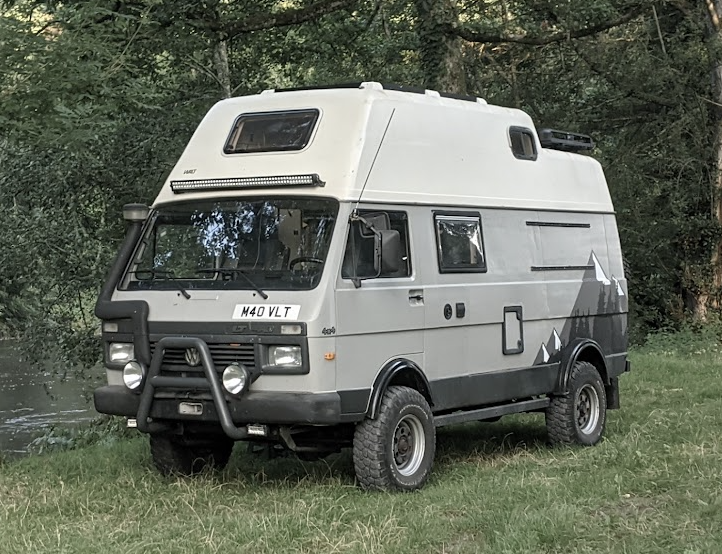
In 1979, Volkswagen introduced the third-generation Type 2 (T3), also known as the Vanagon. This model featured a more modern, boxy design and front-mounted water-cooled engines, which improved performance and reliability. The Vanagon was produced until 1992 and came in various configurations, including the popular Westfalia camper [YouTube]. The 1980s saw further advancements in the history of the VW campervan, with the introduction of fuel-injected engines, automatic transmissions, and improved safety features.
Throughout this period, the VW campervan remained a top choice for travelers worldwide, thanks to its versatility, reliability, and iconic status. Its popularity extended beyond the counterculture, appealing to families, outdoor enthusiasts, and anyone seeking a unique and adventurous way to explore the world. The campervan’s global appeal was evident in its widespread use across Europe, North America, and Australia, where it became an integral part of the camping and road trip culture.
As the world changed, so too did the VW campervan, adapting to new market demands and incorporating advancements in technology and design. Yet, despite these changes, the core essence of the VW campervan remained constant: a symbol of freedom, adventure, and the pursuit of a simpler way of life. For those considering a DIY campervan conversion and restoration, early models offer a perfect blend of classic charm and modern conveniences, making them an excellent choice for creating a unique and personalised adventure vehicle.
1990-2000: Innovation meets nostalgia
As the VW campervan rolled into the 1990s, it embraced a new era of innovation while staying true to its classic roots. This decade saw the introduction of cutting-edge technologies and modern efficiencies that enhanced the campervan experience without compromising its timeless appeal. Key models from this period seamlessly blended contemporary features with the beloved traditional aesthetics, creating a new generation of campervans that catered to the needs of modern adventurers.
Here are some notable developments in the history of the VW campervan and models from the 1990-2000 era:
- Volkswagen T4 (Eurovan): Introduced in 1990, the T4 featured a front-mounted, water-cooled engine and a more aerodynamic design, improving fuel efficiency and performance. Despite these modern upgrades, the T4 retained the classic VW campervan silhouette and charm [Autoblog].
- Westfalia Camper conversions: The iconic Westfalia conversions continued to be popular throughout the 1990s, offering a range of layouts and features to suit different travel needs. These conversions incorporated modern amenities such as refrigerators, stoves, and comfortable sleeping arrangements while maintaining the classic VW campervan look [Mobile.de].
- Improved safety features: As safety standards evolved, VW campervans from this era benefited from advancements such as airbags, anti-lock braking systems (ABS), and reinforced body structures, providing peace of mind for travelers on the open road.
- Customisation options: The 1990s saw a rise in aftermarket conversions and customisation options, allowing owners to personalise their campervans to suit their unique needs and preferences. From custom interiors to specialised storage solutions, these modifications helped create truly one-of-a-kind adventure vehicles.
- Collectibility and nostalgia: As the VW campervan entered its fifth decade, its status as a cultural icon and collectible classic continued to grow. Many enthusiasts sought out well-maintained examples from the 1990-2000 era, appreciating the blend of modern conveniences and timeless design.
The 1990-2000 era marked a significant milestone in the VW campervan’s history, showcasing its ability to evolve with the times while staying true to its roots. As technology advanced and consumer needs changed, the campervan adapted, offering a perfect blend of innovation and nostalgia that continues to captivate adventurers and enthusiasts to this day.
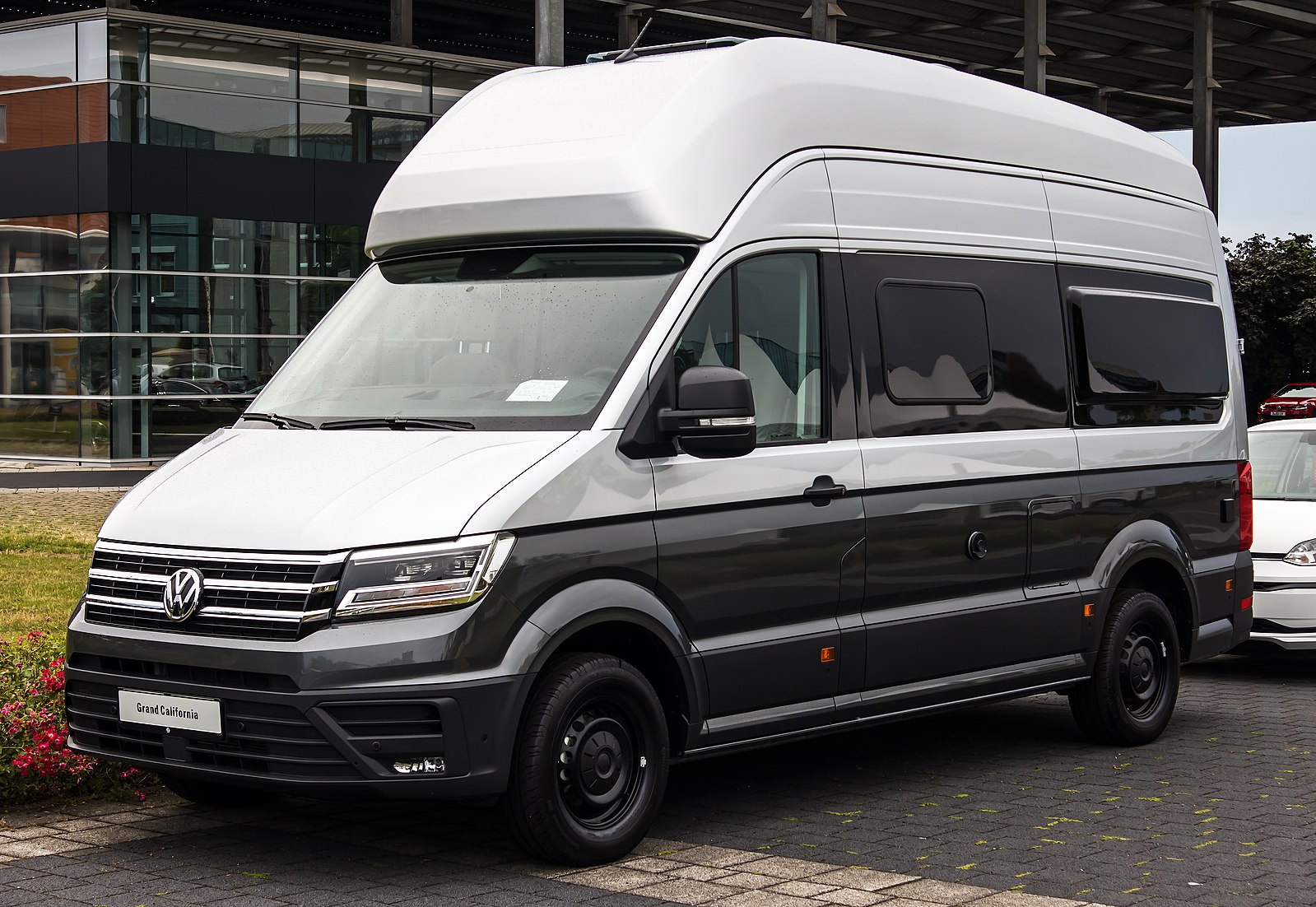
Modern revivals and the future
As we venture into the 21st century, the VW campervan continues to evolve, blending its rich heritage with cutting-edge innovations to meet the ever-changing demands of modern adventurers. Volkswagen has constantly introduced new generations of campervans that embody the spirit of freedom and adventure while incorporating state-of-the-art features and technology.
The new Volkswagen California campervan lineup consists of five models to choose from: Beach, Beach Tour, Beach Camper, Coast, and Ocean. These models offer a range of features and configurations to suit different travel needs and preferences. The updated California campervans are longer and wider than their predecessors, providing more interior space and comfort for extended journeys.
One of the standout features of the modern VW campervans is the pop-up roof, which has been a hallmark of the vehicle since the 1960s. The elevating roof not only provides extra headroom and sleeping space but also allows for better ventilation and natural light. The latest models, such as the California 6.1 or T7 concept, offer a fully fitted kitchen with a cool box, sink, and stove unit, making it easy to prepare meals on the go. The campervan can comfortably sleep up to four people, thanks to the cleverly designed interior layout and convertible seating.
In addition to the California lineup, Volkswagen has introduced other models that cater to different segments of the campervan market. The Grand California, based on the larger Crafter van, offers a more spacious and luxurious camping experience, complete with a bathroom and separate sleeping areas. On the other end of the spectrum, the Caddy California is a compact campervan that combines the agility of a small van with the functionality of a camper, perfect for short getaways and city adventures.
As technology continues to advance, future VW campervans are likely to incorporate even more innovative features, such as solar panels for off-grid power, integrated smart home systems, and advanced driver assistance technologies. However, despite these modern upgrades, the core essence of the VW campervan remains unchanged: a vehicle that embodies the spirit of freedom, adventure, and the pursuit of life’s simple pleasures.
The enduring popularity of the VW campervan is a testament to its ability to adapt to the changing needs and desires of adventurers across generations. As we look towards the future, it’s clear that the VW campervan will continue to evolve, embracing new technologies and design innovations while staying true to its iconic roots. For those seeking to escape the ordinary and embrace the extraordinary, the modern VW campervan remains the ultimate companion on the journey of a lifetime.
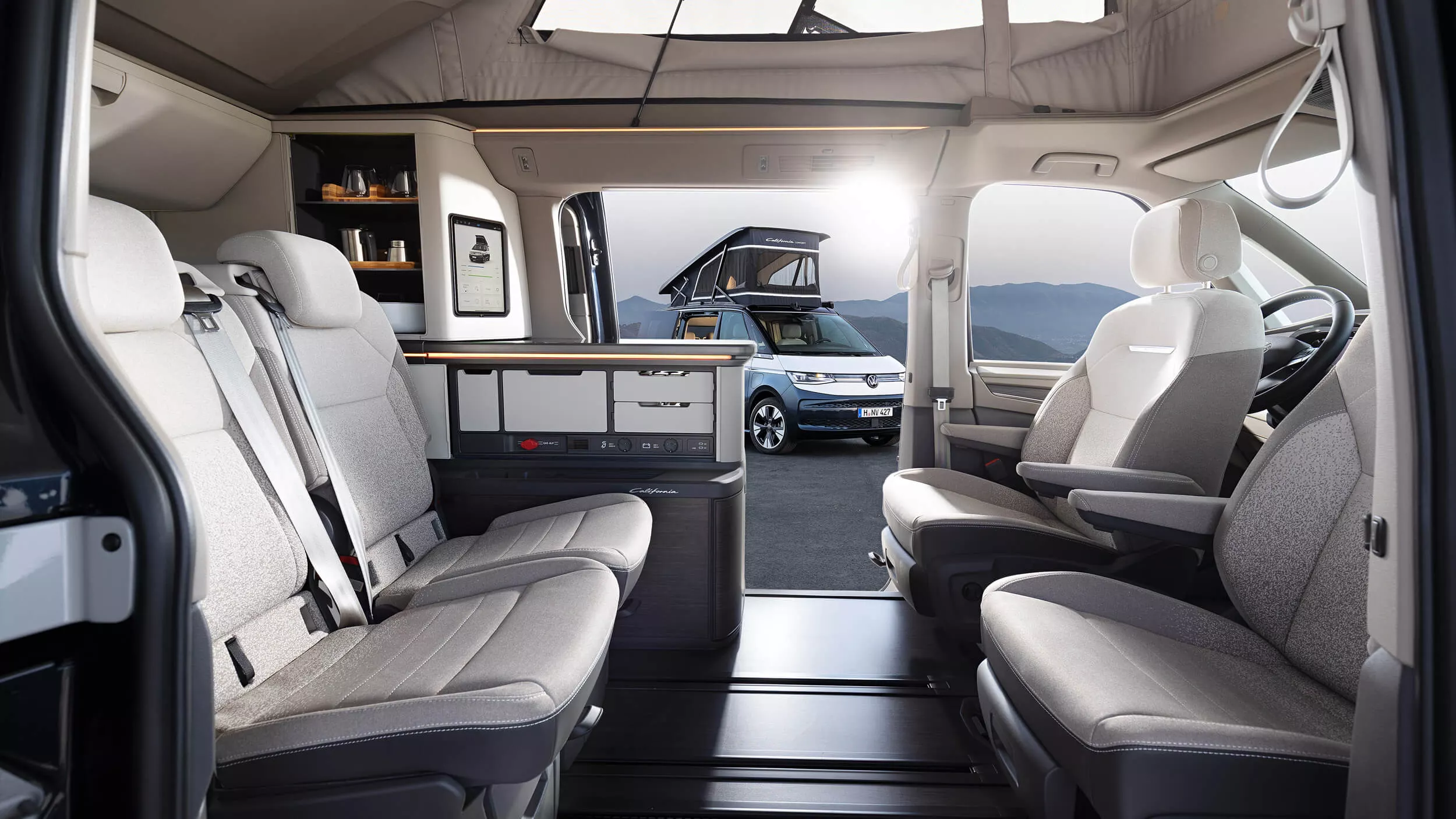
History of the VW campervan conclusion: Your ticket to freedom
Throughout its remarkable history, the VW campervan has remained a steadfast symbol of adventure, freedom, and the pursuit of life’s simple joys. From its humble beginnings as a practical commercial vehicle to its emergence as a cultural icon, the campervan has captured the hearts and imaginations of generations of adventurers, dreamers, and free spirits.
The VW campervan’s enduring appeal lies in its perfect blend of simplicity and versatility. Its compact yet functional design allows for a sense of freedom and spontaneity that few other vehicles can match. Whether you’re exploring winding coastal roads, navigating bustling city streets, or venturing off the beaten path, the campervan is a reliable and cherished companion.
For middle-aged men and couples, owning a VW campervan is more than just a means of transportation; it’s a lifestyle choice that aligns with their values and aspirations. It offers the opportunity to escape the daily grind, reconnect with nature, and create lasting memories with loved ones. The campervan’s self-contained living space provides a sense of home wherever the road may lead, while its iconic design and nostalgic charm foster a sense of community among fellow enthusiasts.
In a world that often feels chaotic and fast-paced, the VW campervan serves as a reminder to slow down, appreciate life’s simple pleasures, and embrace the spirit of adventure. It encourages us to step out of our comfort zones, explore new horizons, and find joy in the journey itself. Whether you’re a seasoned campervan owner or merely dreaming of hitting the open road, the allure of the VW campervan is undeniable.
As you consider the possibilities that await you behind the wheel of a VW campervan, remember that it’s more than just a vehicle; it’s a ticket to freedom. It’s an invitation to embark on a journey of self-discovery, to forge deep connections with like-minded adventurers, and to create a lifetime of unforgettable experiences. So, embrace the spirit of the VW campervan, and let it guide you on your own unique path to adventure, freedom, and fulfillment.
Whether you’re drawn to the classic charm of a vintage model or the cutting-edge features of a modern revival, the VW campervan offers something for everyone. Its timeless design and unwavering spirit continue to inspire and captivate, making it the ultimate symbol of the open road and the boundless possibilities that await those brave enough to pursue their dreams.
So, what are you waiting for? Embrace the freedom, the adventure, and the joy that comes with owning a VW campervan. Let it be your guide, your companion, and your home away from home as you embark on the journey of a lifetime. The open road is calling, and the VW campervan is your ticket to answering that call.





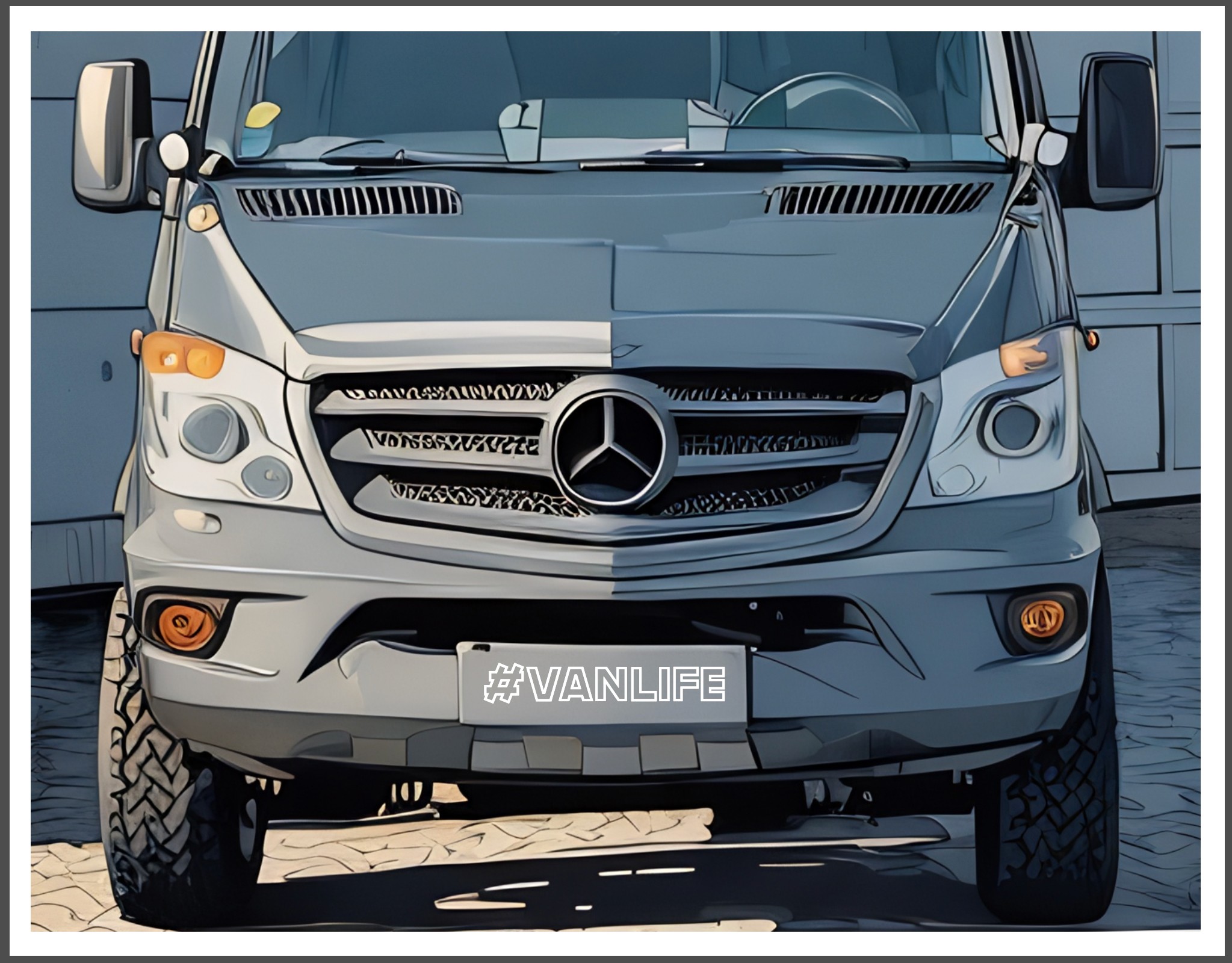

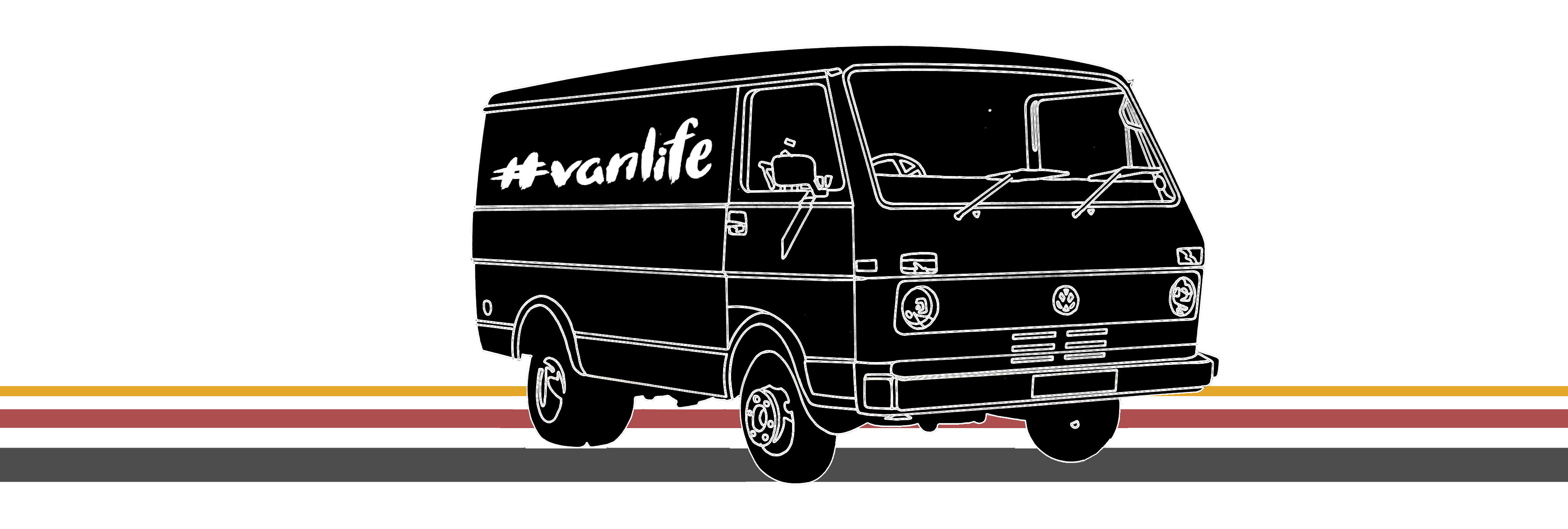


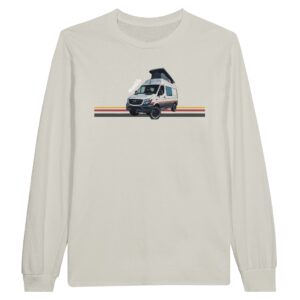
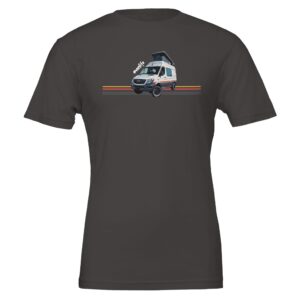
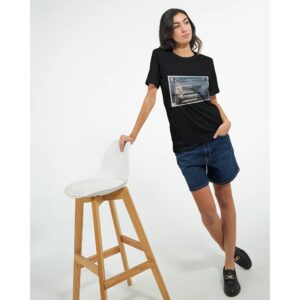
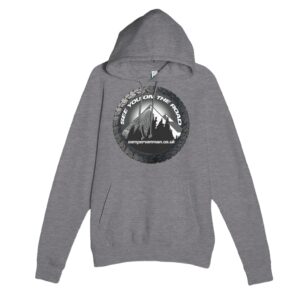
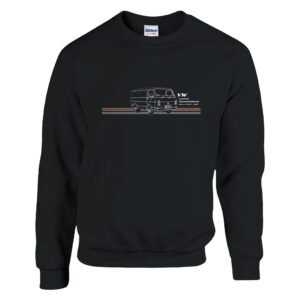
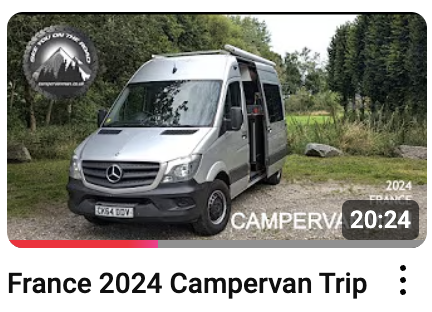
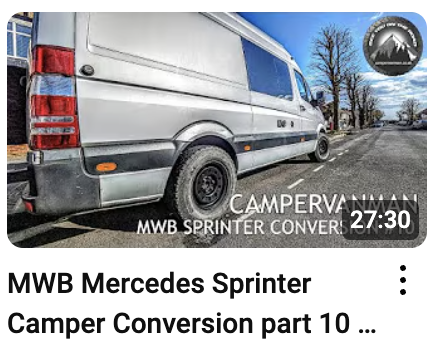



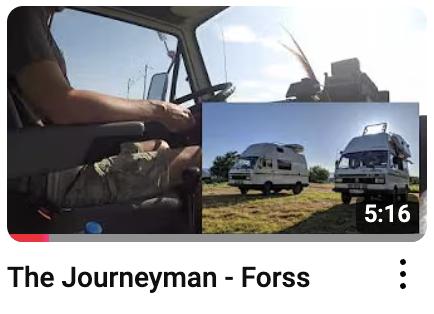


Recent Comments